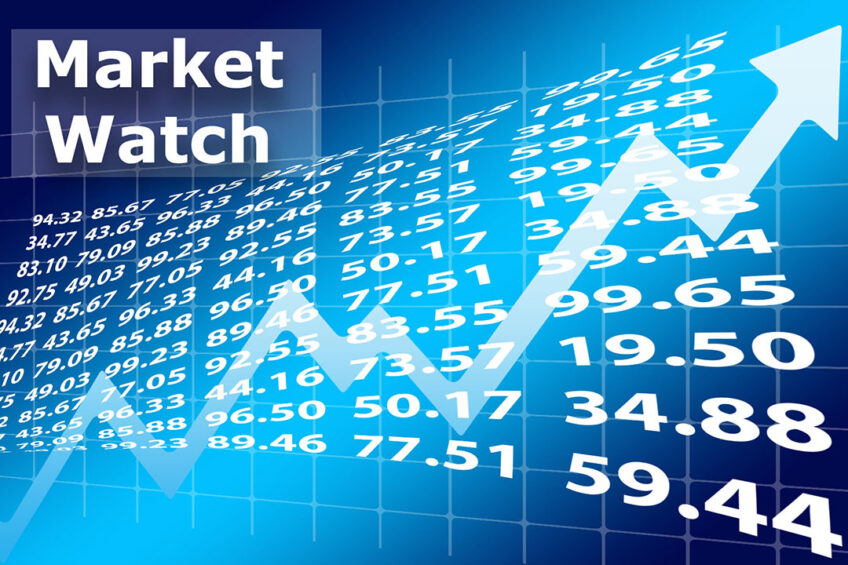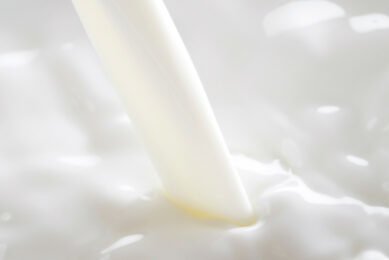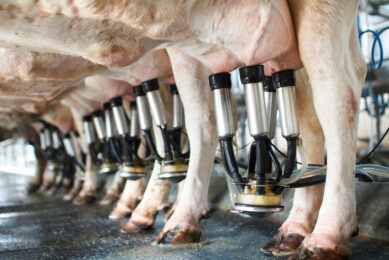Fonterra lifts milk price, Ukraine’s impact on costs

Global dairy giant, Fonterra, has lifted its forecast Farmgate Milk Price for this season. CEO, Miles Hurrell, says the lift reflects the increase in global dairy prices and good levels of ongoing global demand for dairy.
The co-operative lifted its 2021-2022 forecast Farmgate Milk Price range to NZ$9.30 (US$6.26) – NZ$9.90 (US$6.67) per kg milk solids, up from NZ$8.90 (US$6.00) – $9.50 (US$6.40) per kg milk solids. This increases the midpoint of the range, which farmers are paid off, by 40 NZ cents (27 US cents).
“Since we last revised our forecast, average Whole Milk Powder prices on GDT have increased 10.3%, while Skim Milk Powder has increased 8.4%. Both products are key drivers of our milk price,” CEO Hurrell explained.
OVERVIEW OF GLOBAL DAIRY MARKET PRICES
“Global demand for dairy remains firm, while global milk supply growth continues to track below average levels. These demand and supply dynamics are supporting the increase in prices. Milk production in the EU and US continues to be impacted by the high cost of feed and this is not expected to change in the coming months. Here at home in New Zealand, ongoing challenging weather conditions have continued to impact grass growing conditions.”
Russia and Ukraine are large grain producers. The tensions are leading to higher feed prices. This is, in turn, leading to higher meat and dairy prices.
Fonterra has revised its 2021-2022 New Zealand milk collections forecast to 1,480 million kg milk solids, down 3.8% compared to last season, noting that last season generally benefitted from much better growing conditions. The forecast midpoint of NZ$9.60 (US$6.47) per kg milk solids represents a cash injection of over NZ$14 billion (US$9.43 billion) into New Zealand’s economy through milk price payments alone.
Rising costs for dairy farmers due to Ukraine’s situation
Nathan Penny, senior agri economist of Westpac New Zealand, says that costs for dairy farmers may also rise because of the current situation in Ukraine. “We have seen fuel prices lift on the back of these tensions,” he says. “And fertiliser prices may get worse before they get better.”
Penny points out that both Russia and Ukraine are large grain producers. “The tensions are leading to higher feed prices. This is, in turn, leading to higher meat and dairy prices,” he says, adding that the situation is putting further downward pressure on the NZ dollar, which is good news for NZ farmers as this tends to lead to higher farmgate prices.
Global dairy commodity prices are at the highest levels since 2014. The Global Dairy Trade index rose 4.2% on 22 February. Prices climbed for all products compared with the previous auction: skim milk powder rose by 6%, butter 5.1%, cheddar 3.5%, and whole milk powder 4.2%.
OVERVIEW OF GLOBAL DAIRY MARKET PRICES
Chinese import demand
According to recent market research by Rabobank, dairy global milk supply growth will remain low in the first half of 2022. New Zealand milk production was down 5% in December and is likely to continue negative year-on-year growth through the remainder of the season. The weather will be a critical determinate for milk production growth, Rabobank emphasises.
The banks’ research indicates that high global dairy commodity and milk prices, which generally trigger a supply response, will be muted by rising feed costs, and cost inflation will deter expansion plans.
“At the same time, logistics and Covid-related staffing challenges at manufacturing plants limit processors’ ability to take on additional milk,” Rabobank says. “New Zealand milk production dropped sharply by 5% year-on-year in December amid wet weather. January had exceptionally hot temperatures with minimal rain, and was followed by a wet February, improving pasture conditions. It still won’t make up for lost production.”
Rabobank points out that Chinese import demand showed strong growth in 2021. Dairy exports to China were up by nearly 24% year-on-year in 2021. Since September, however, imports trailed the prior year by 3.3%. “China’s import growth rate could slow into 2022 if prices remain high and domestic stocks remain ample,” Rabobank says.
US milk cow herd
In the US, year-on-year milk production growth turned negative in November and December, down 0.4% and 0.1%, respectively. Rising milk prices are stimulating milk production per cow, but the US milk cow herd will remain below year-ago levels until the second half of 2022.
The US milk cow herd stood at 9.375 million head as of 1 January 2022, down 67,400 from 1 January 2021, and 132,000 head less than 2021’s peak of 9.507 million head in May. “As a result, milk production growth will rely on milk yield improvement in the near term. Inflationary cost pressures and expansion restrictions will likely keep any major expansions muted for now,” Rabobank expects.
Join 13,000+ subscribers
Subscribe to our newsletter to stay updated about all the need-to-know content in the dairy sector, two times a week.










